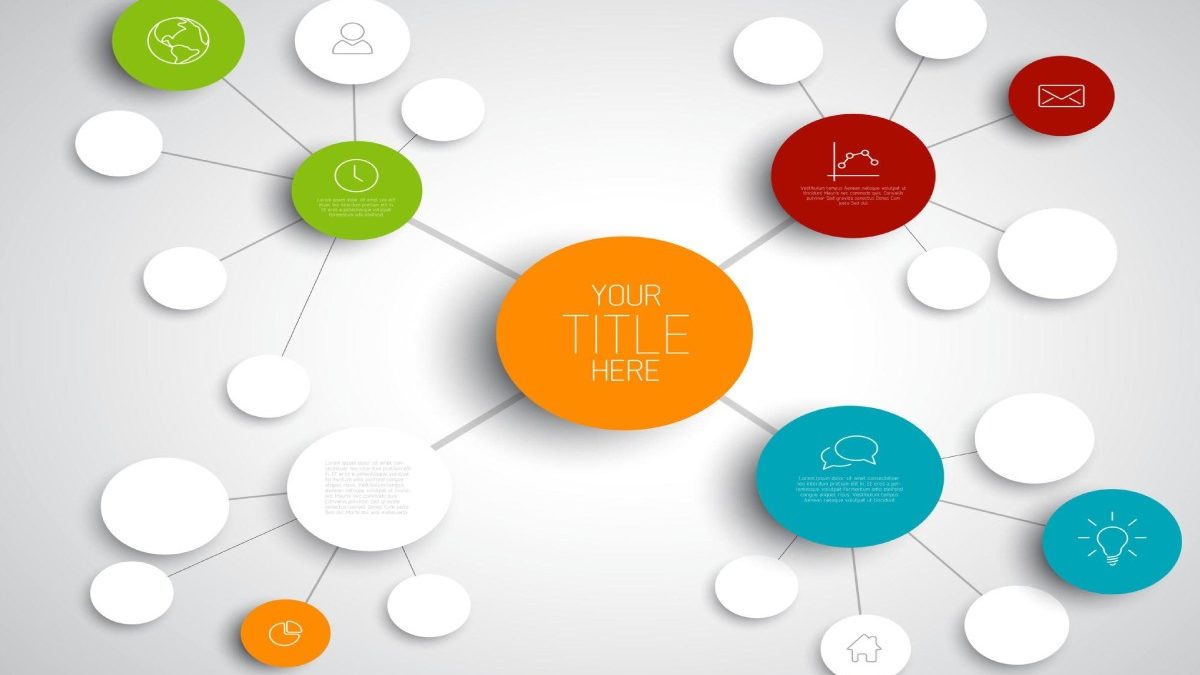Bubble Chart – In the world of data analytics and visualization, bubble charts stand out for their ability to represent three dimensions of data on a two-dimensional plane. A versatile and intuitive tool, they allow users to compare and analyze complex datasets without overwhelming or alienating the audience. Yet, despite their benefits, bubble charts are not as widely understood or used as they could be. In this article, we will shed light on the inner workings of bubble charts, their strengths, their challenges, and how to maximize their potential.
Table of Contents
Understanding the Basics of Bubble Charts
Bubble charts, as their name implies, employ ‘bubbles’ to exhibit data across different parameters. Each bubble in the chart symbolizes a data point, its placement along the X and Y axis defining two values, and the bubble’s size reflecting a third dimension.
In a standard bubble chart, the X-axis, also known as the horizontal axis, and the Y-axis or vertical axis are numerical. These two axes represent continuous numerical variables. The size of the bubble then encapsulates a third numerical variable.
A bubble chart is truly a three-dimensional creature living in a two-dimensional world. The user can grasp the correlations and relative proportions between three variables at a glance, making it an elegantly compact and powerful way to convey information.
To fully appreciate the power and utility of this visualization tool, we refer you to this detailed explanation of a bubble chart.
Different Elements That Make Up a Bubble Chart
Each bubble chart comprises several key elements. They include the plot area, axes, data points, and sometimes, gridlines and labels. Understanding these elements can help users to interpret a bubble chart more accurately and meaningfully.
The plot area is where the bubbles appear. It’s defined by the two axes representing the two core dimensions of your data. The axes demarcate the field into quadrants, forming a visual grid to facilitate understanding of data position and distribution.
The visually most compelling element of a bubble chart, of course, is the bubbles themselves. Called data points, they can vary in size and sometimes even color. These variations correspond to fluctuations in the value of the data they represent.
Any well-constructed bubble chart will also feature clear labeling on each axis and, often, bubbles themselves. These labels guide the viewer’s comprehension and improve the communication efficiency of the chart as a whole.
Process of Creating Bubble Charts in Excel
Creating a bubble chart in Microsoft Excel, while not exactly a walk in the park, can be accomplished without too much difficulty. The key lies in good data preparation and understanding the purpose of your chart.
Firstly, you need to organize your data in three columns, each representing a dimension to be displayed on your chart. Remember, an essential feature of bubble charts is their ability to display three dimensions of data.
Once your data is ready, select it and use the chart wizard in Excel to choose the bubble chart option. At this point, you can customize your chart to suit your needs, including adding labels, adjusting bubble size, editing axes, and more.
While Excel provides comprehensive tools for making a bubble chart, the process can be time-consuming and a bit challenging for those new to it.
Power of Bubble Charts in Data Visualization
Bubble charts serve as an incredibly powerful tool in the realm of data visualization. Their capacity to represent three to four dimensions of data in a simple, easily comprehensible format makes them an attractive option for complex datasets.
These charts enable users to see the bigger picture, understand complex trends, and deep dive into intricate patterns, all in a single glance. Such efficiency in conveying multi-layered associations is a unique advantage of bubble charts in data visualization.
Different settings and scenarios call for the application of bubble charts. It could range from simple presentations for a board meeting to complex predictive analytics for strategic business planning or even for educational purposes.
Bubble charts are indeed a powerful ally in harnessing the power of data-driven decision-making.
Altogether, a bubble chart is a potent tool in the world of data visualization, thanks to its ability to concisely and intuitively present multiple dimensions of data. Though its application may require some practice, the end result is well worth the effort, delivering a rich, interactive, and engaging data story that can drive insightful decision-making and meaningful discussions.

